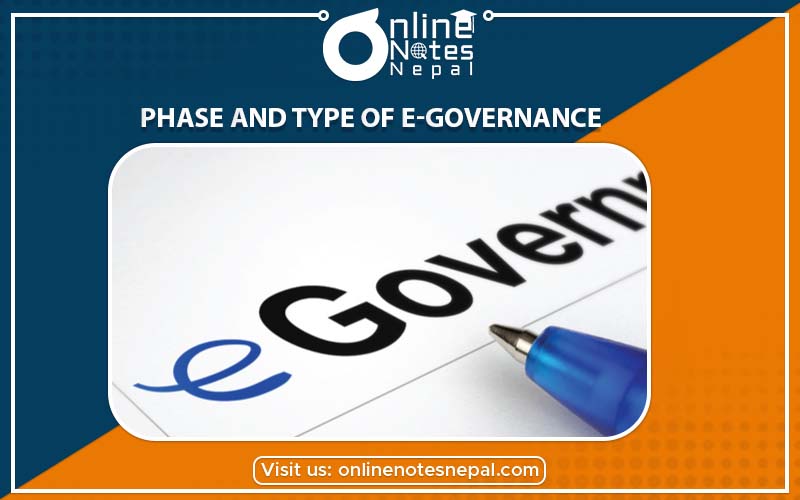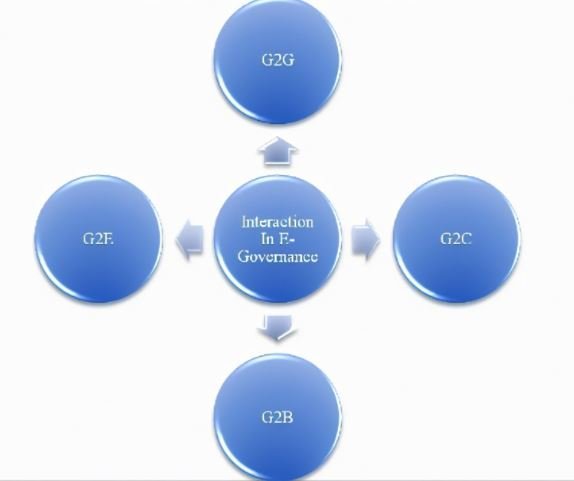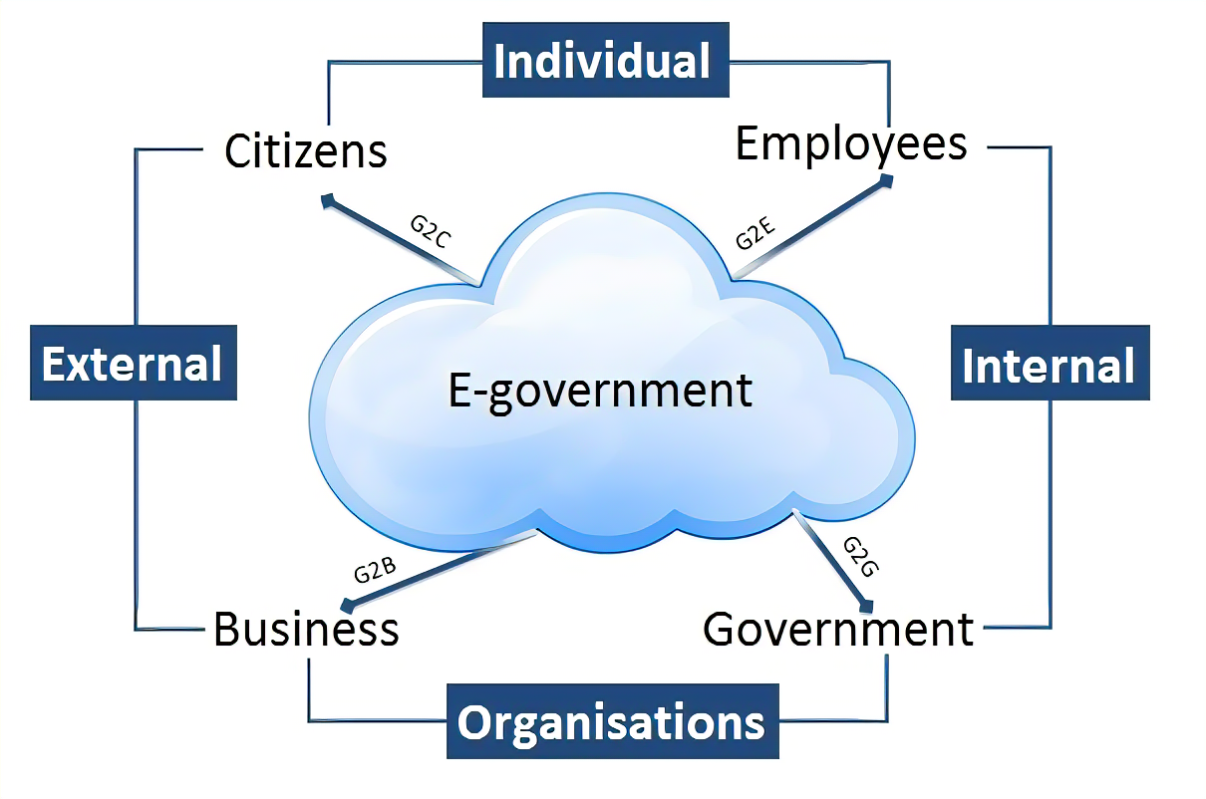Published by: BhumiRaj Timalsina
Published date: 14 Jan 2022

The three main target groups that can be distinguished in e-governance concepts are government, citizens and businesses. Abbreviations such as B2B (Business to Business) and B2C (Business to Consumer) are used, like in e-commerce concepts, to shortly describe which of the main groups are interacting.

The most common interactions in e-governance; G2C, G2B and G2G are presented schematically in the figure above:
The four Phases of E-government
In the first phase, e-governance means being present on the web, providing the public (G2C and G2B) with relevant information. The format of the early government websites is similar to that of a brochure or leaflet. The value to the public is that government information is publicly accessible; processes are described and become more transparent, which improves, democracy and service. Internally (G2G) the government can also disseminate static information with electronic means, such as the Internet.
In the second phase, the interaction between government and the public (G2C and G2B) is stimulated with various applications. people can ask questions via e-mail, use search engines, and download forms and documents. These save time, In fact the complete intake of simple applications can be done online 24 hours per day. Normally this would only have been possible at counter during opening hours. Internally (G2G) government organisations use LANs, intranets and email to communicate and exchange data.
With phase three, the complexity of the technology is increasing, but customer (G2C and G2B) value is also higher. Complete transactions can be done without going to an office. Examples of online services are filing income tax, filing property tax, extending/renewal of licenses, visa and passports and online voting. Phase three is made complex because of security and personalization issues. E.g. digital (electronic signatures will be necessary to enable legal transfer of services. On the business side, the government is starting with e-procurement applications.
The fourth phase is when all information systems are integrated and the public can get G2C and G2B services at one computer. The complex aspect in reaching this goal is mainly on the internal side, e.g. the necessity to drastically change culture, processes and responsibilities within the government institution (G2G).

Some important terms and their full forms